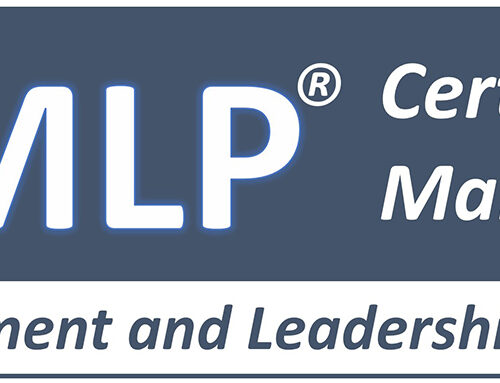This post was first published in my “Driving IT Productivity” column on CIO.com and has been updated from its original form.
Maximizing IT productivity should never be viewed as the ultimate goal. It’s only the means to an end. Enhanced productivity is simply a method of freeing up valuable internal resources to perform other tasks.
In future blogs, I’ll be addressing productivity from a number of different directions, including smart delegation, time management, reuse of existing company assets, enhanced process design, and a number of other related areas, always with the overall goal of freeing up time, money and resources to pursue your corporate and personal initiatives.
For organizational productivity to be effective, a theme you will see again, it must have four primary characteristics:
1. Aligned
The alignment of IT goals with corporate goals is a mainstay of the IT strategic planning process. IT productivity goals, even if at first glance seem disconnected from project goals, must also be properly aligned. As you define your productivity related activities, you must prioritize them based on the answer to two questions:
- Does this productivity project free up corporate resources that can be redeployed to achieve current corporate objectives?
- Will this productivity project, by its nature, contribute to the success, efficiency, and/or cost effectiveness of any currently funded corporate projects?
If one or more answers to the above questions are “yes,” then your proposed productivity project is a candidate for funding. Then, like all potentially funded projects, it should be prioritized
based on its short-term and long-term Return On Investment (ROI).
2. Holistic
Organizational productivity must be viewed holistically. All too often, individuals and organizations attempt to enhance their productivity through the improvement of one or two key business activities. It could be improved delegation practices, time management training, the implementation of email-oriented best practices or other key internal processes. Improvements in each of these areas individually have the potential to provide substantial productivity gains.
By their nature, however, productivity improvements in one area can cause productivity losses in other areas. For example:
- An effort to reduce meetings may have the adverse effect of increasing emails. Reducing the number of people copied on emails, may cause process inefficiencies.
- Improved time management prioritization techniques may help facilitate individual productivity improvements, but if team member priorities are not properly synchronized, project deadlines can be missed.
- Organizational infighting can counteract all previous productivity gains.
Taking a holistic view of organizational productivity can’t totally counteract the adverse effects of one efficiency gain against another. However, if properly coordinated, measured, adjusted, and remeasured, these counteracting forces can be minimized. For example, if you believe that reducing the number of emails will increase the number of meetings, measure the number of meetings on people’s calendars prior to your email reduction initiative. Then, measure it again as the number of emails begin to decline. No, this is not an exact science by any means, but simply raising this potential productivity risk to those participating in the email reduction effort, will, in itself, help reduce this unwanted side effect.
3. Systematic
Like all projects, productivity related activities should be defined and justified like any other proposed initiative. Then, once selected for funding, these projects should follow the same methodologies, processes and reporting requirements of all other funded activities.
4. Measurable
Productivity projects should be measured not only on the amount of time, money and resources they save, but also, if possible, on the organizational benefits related to these savings. The reason for this additional calculation is that it measures the realized “opportunity cost,” which would not have been possible without these productivity gains. It’s these realized gains that are the true benefit of enhanced productivity.
Regarding personal productivity at the CIO and IT executive level, for now, I’ll simply say that improving your personal productivity gives you more time to lead your team and pursue your business objectives.





